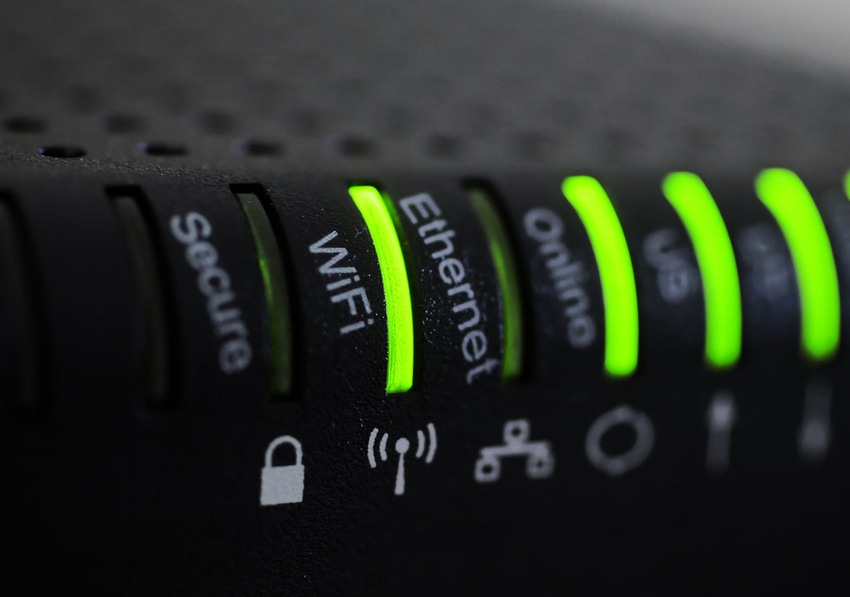US moves to massively increase bandwidth available to wifi
Ajit Pai, the Chairman of US comms regulator FCC, has proposed making 1.2 GHz of spectrum in the 6 GHz band available for unlicensed use.
April 2, 2020

Ajit Pai, the Chairman of US comms regulator FCC, has proposed making 1.2 GHz of spectrum in the 6 GHz band available for unlicensed use.
“From wifi routers to home appliances, Americans’ everyday use of devices that connect to the Internet over unlicensed spectrum has exploded,” said Pai. “That trend will only continue. Cisco projects that nearly 60% of global mobile data traffic will be off-loaded to wifi by 2022. To accommodate that increase in wifi demand, the FCC is aiming to increase the supply of wifi spectrum with our boldest initiative yet: making the entire 6 GHz band available for unlicensed use.
“By doing this, we would effectively increase the amount of spectrum available for wifi almost by a factor of five. This would be a huge benefit to consumers and innovators across the nation. It would be another step toward increasing the capacity of our country’s networks. And it would help advance even further our leadership in next generation wireless technologies, including 5G.”
Right now wifi uses a few hundred MHz in the 2.4 and 5 GHz bands. This proposal would enable a ton of extra spectrum contiguous to the 5 GHz band, which would be especially handy for technologies that make use of fatter pipes. The proposal authorizes two different types of unlicensed operations: standard-power in 850-megahertz of the band and indoor low-power operations over the full 1,200-megahertz available.
“The proposed opening of the 6 GHz band to Wi-Fi 6 technology will be a game changer for global wifi, said Tiago Rodrigues, CEO of Wireless Broadband Alliance. “This new band would provide more capacity than all the other wifi bands put together. If approved, it would prove critical for overcrowding on many wifi networks, especially in light of the volumes of bandwidth hungry corporate traffic recently pushed onto home networks due to COVID-19.
“This is one of the reasons we have been working closely with members on initial trials of Wi-Fi 6E. The proposed release of the 6 GHz band would mean that we can generate multi-gigabit speeds and low-latency connections to deliver advanced mobile services to consumers, business and industry. Wi-Fi 6E is already proven in trials to achieve speeds to rival those of advanced 5G mobile networks.”
This proposal will probably be opposed by some US operators as they fancied a bit more 5G licensed spectrum in that band, but they’ve got plenty already so it doesn’t look like Pai is very sympathetic to their plight. You can read more about his thinking in an article he published here. The proposal will be voted on at the FCC’s open meeting on April 23, which will presumably split along partisan lines as usual, meaning the majority Republicans will wave it through.
About the Author(s)
You May Also Like








.png?width=300&auto=webp&quality=80&disable=upscale)


_1.jpg?width=300&auto=webp&quality=80&disable=upscale)


.png?width=800&auto=webp&quality=80&disable=upscale)